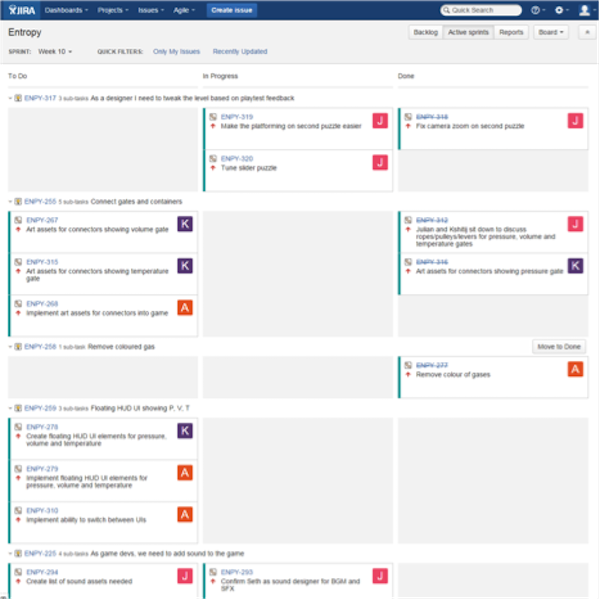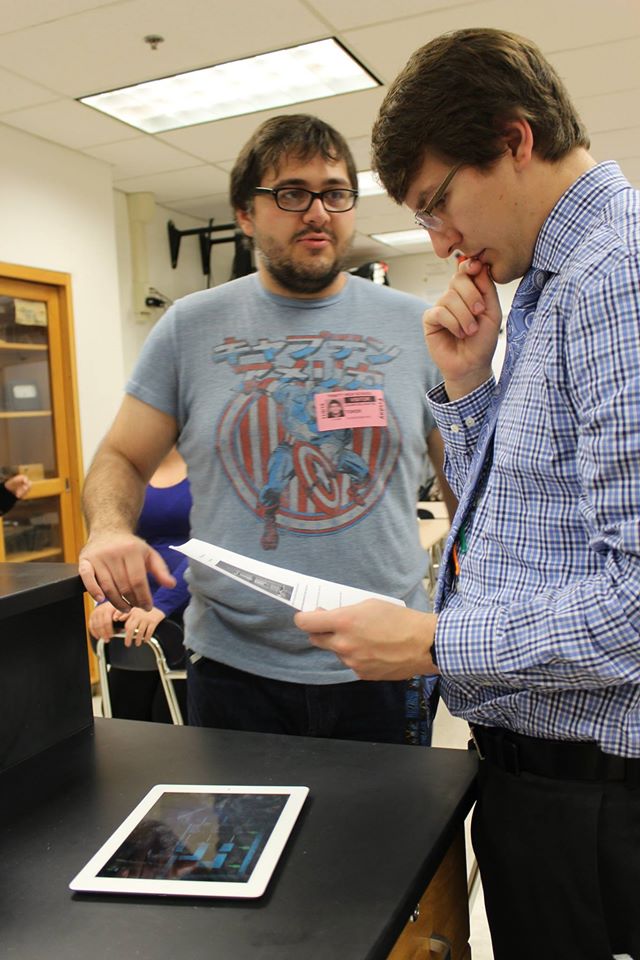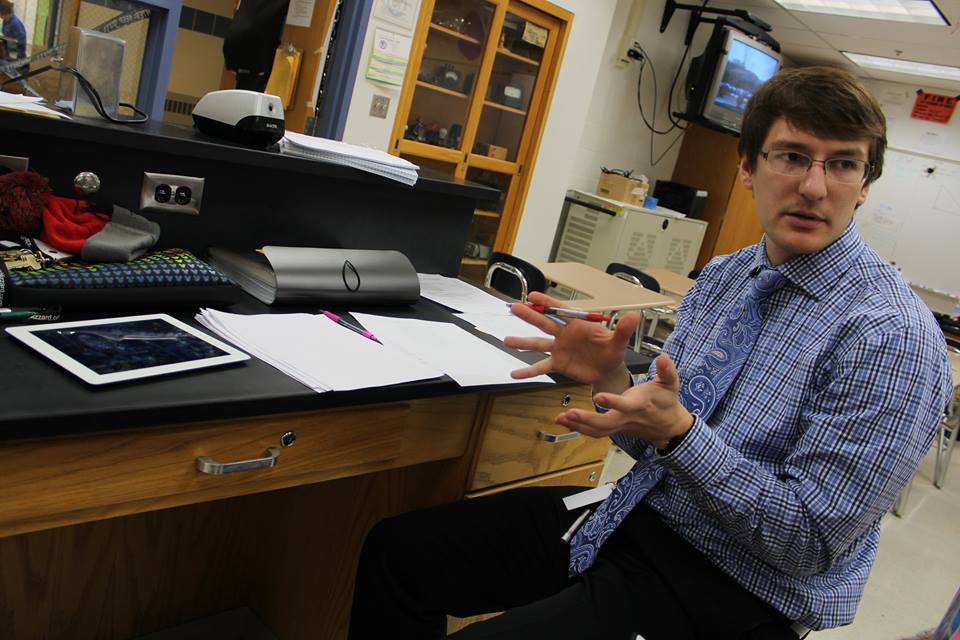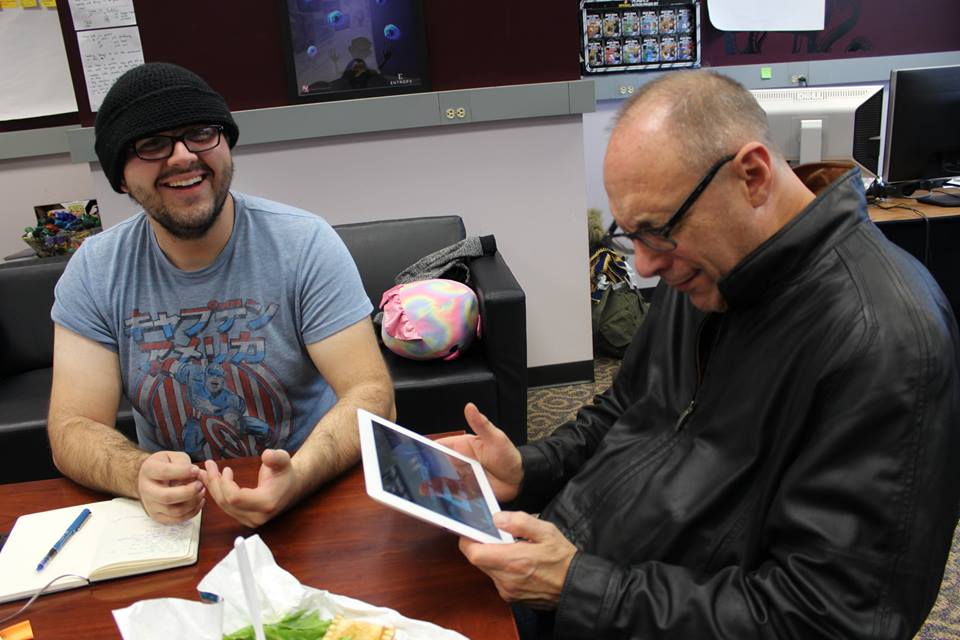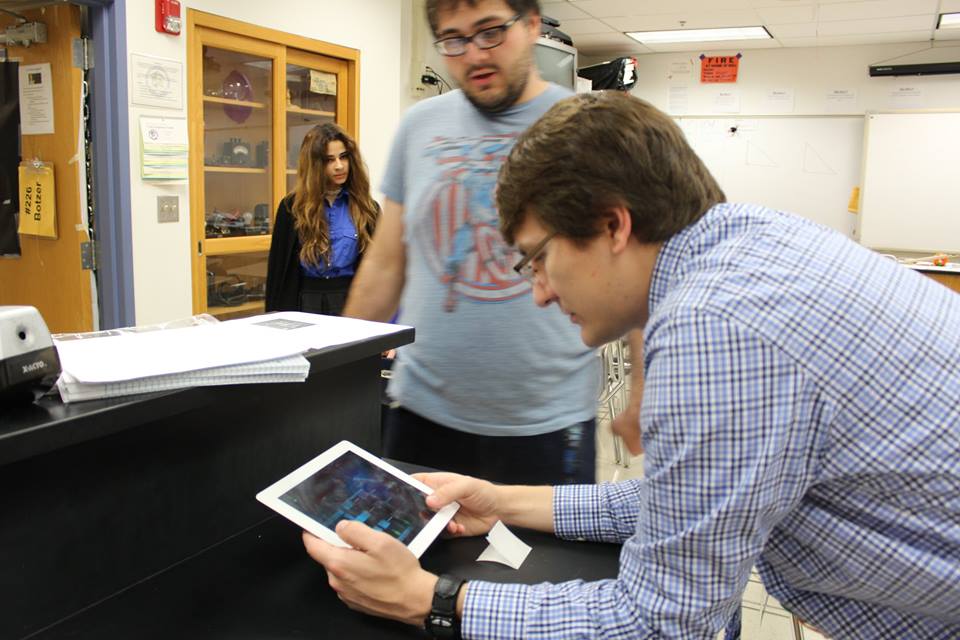
ART
- Worked on mechanical 3d models (Crankshaft) & its animation
- Made new meter system, which now rather than being a UI element are now attached to the system.
DESIGN
- This week I continued to build puzzles and iterate on feedback from playtests.
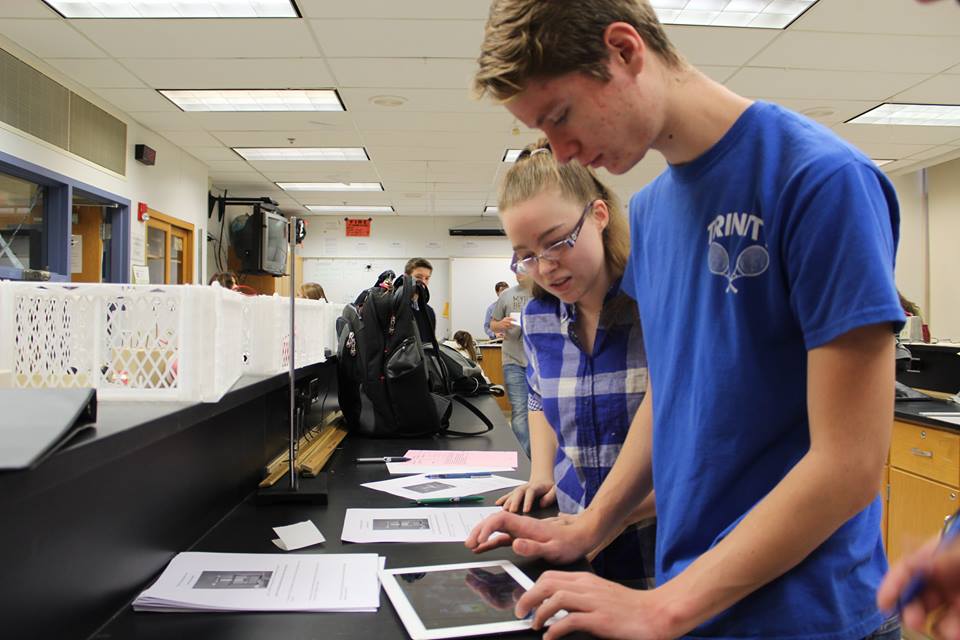
PROGRAMMING
- Added new “focus area” feature of camera waypoint system. Defines an area of focus for the puzzle that will always be rendered on the screen. If the player moves within the waypoint, the camera still pans but keeps the focus area drawn on screen.
- Wrote a new custom particle system. The in-built system was costing a performance hit and couldn’t calculate collisions fast enough to keep all the particles within their container. Those problems were solved by writing custom particle collision & movement logic.
- Optimization: Implemented zone-based loading and unloading. When the player enters a “load zone”, the gases in that zone are started up while gases in all the other inactive zones are stopped. This means the engine only has to calculate collisions for particles inside the active zone.
- Implemented checkpoint system. Once a player enters a load zone, if they have to restart to the last checkpoint, it sends them back to the last checkpoint flag.
- New floating joystick. The left thumbstick snaps to the finger position on the device, making it much easier to move the character without having to look for the thumbstick on the screen. Our playtests showed the new controls to be easier to use.
- Tweaked character “weight” for movement and jumping. The character feels more solid and less twitchy now. His jump, movement speed and capsule colliders have all been adjusted after lots of trial and error. I think this has made platforming easier so players can concentrate on solving puzzles.
- Particle slow-down/speed-up is more obvious
- Added rewind button to work with the checkpoint system.
- Implemented crystal collection ability
- Implemented inventory system and crystal collection UI
PRODUCTION
- This week, I felt quite overwhelmed with the number of things we wanted to accomplish and with planning for next week. I was also doing some academic work outside of the project that came to a head this week, which took up a lot of time and prevented me from getting as many project tasks done as I had hoped. Working on anything other than the project makes me feel stressed out and guilty, which, now as I am typing this, seems rather silly and is a probably a by-product of the project taking over my life. On the bright side, one of the positive things that came out of half a semester of production is that the team is embracing JIRA. I couldn’t be happier about this as it has made our tasks a lot clearer and a lot more visible to each other.
- While working on many polish and iteration tasks, I wanted to focus this week on two playtests and showing the game to a handful of faculty to get feedback. One playtest was cancelled, but we did manage to show the game to Dave, Jesse, Ralph, John, Drew and Jess Trybus, who were all very helpful and had a lot of interesting and useful insights. We also playtested at Trinity High School on Friday, which was incredibly useful as this was our first playtest with a pre- and post-test. Mr Botzer gave us a lot of feedback and many suggestions for assessment for learning. We hope to iterate on assessment as part of our playtest. I am still in the process of typing out all the notes from these meetings and playtests, which I hope to have done by next week.
- We also met with our first year project shadows this week, and spoke to them about the project process. Some of them have expressed interest in coming to playtests or helping with design tasks, which could be useful for the project as we are a small team.
- Next week will be focused on more playtesting and reaching out to a wider test base as suggested as halves. We’re going to have four playtests, one specifically with girls, and two at different schools (Avonworth and Elizabeth Forward), to address concerns raised at halves and get a better idea of how the game is performing for other audiences.
